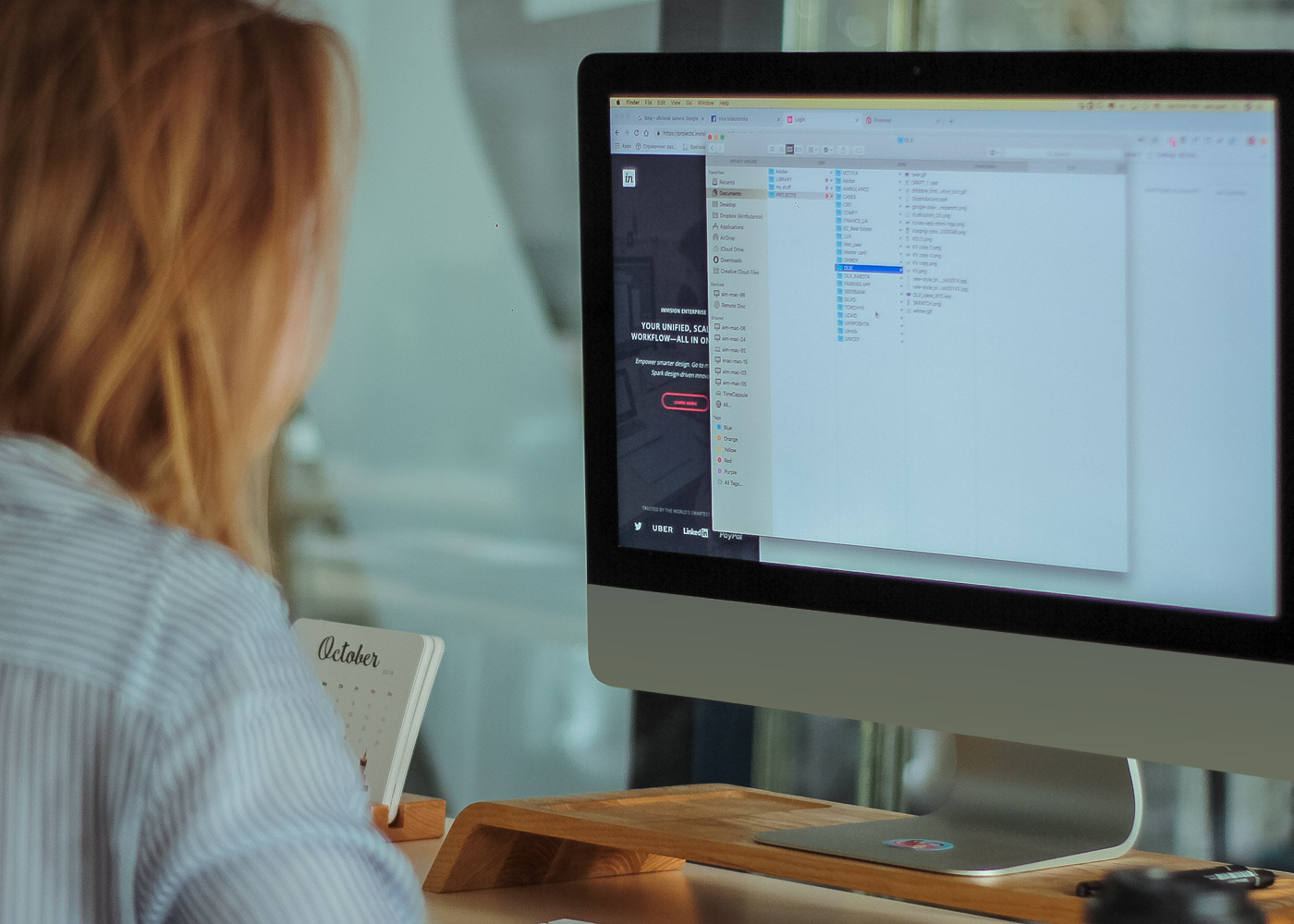
Understanding file type terms and what they mean can make non-designer’s feel like your learning Mandarin. Explaining the difference between a raster and vector image has been one we’ve been trying to explain for years now. Besides that, here are some other terms we’d like to give you the 411 on.

DPI is a printing term referring to the number of dots of ink in a printed document. Pixel output is made up of different colored inks (usually 4-6 colors, although many printers use more now). Because of the small number of colors, the printer needs to be able to mix these inks to make up all the colors of the image. So each pixel of the image is created by a series of tiny dots. Generally, the higher the DPI, the better the tonality of the image, colors should look better and blends between colors should be smoother. Depending on the file 150 dpi may be acceptable for most printers.
PPI is used for online/digital use and describes the number of square pixels that show up in an inch of digital screen (usually between 67-300). This will affect the print size of your photo and will affect the quality of the output.The way that it will affect the quality of the output is that if there are too few pixels per inch, then the pixels will be very large and you will get a very pixelated image.

Raster images are made up of lost of little dots (pixels), like a photo. If you get close enough you can see each pixel in a raster image. The number of pixels is set when created and that makes it hard for some images to go larger, making them look pixelated.
Vector images are made up of paths that are mathematical calculations from one point to another. Examples of these are illustrations and logos. The edges are clean and solid vs seeing squares like a raster image. A huge advantage is being able to size as small or large without any blurriness.

JPG: Typically used for high-quality photography and low res online use. Will lose quality if scaled over its pixel width.
PNG: Designed for images online, not for print. Has a transparent background and used best for text and graphics online to create a crisp look. Cannot be scaled over its pixel width.
GIF: Specifically, for online use, reducing the number of colors to 256 and can be used for animation. Also allows for reduced file size and a transparent background. Cannot be scaled over its pixel width.
PSD: A layered file used in Adobe Photoshop. Used for editing photos, web layouts, and graphics. Cannot be scaled over its pixel width.
EPS: Used for logos and illustrations as a vector. Can be scaled to any size without losing any quality. Supports transparency and is perfect for large format printing.
AI: A vector-based drawing in either EPS or PDF formats. It is a layered file used for illustrations and graphic design. This is the file designers create your logo in using Adobe Illustrator.